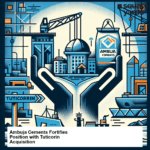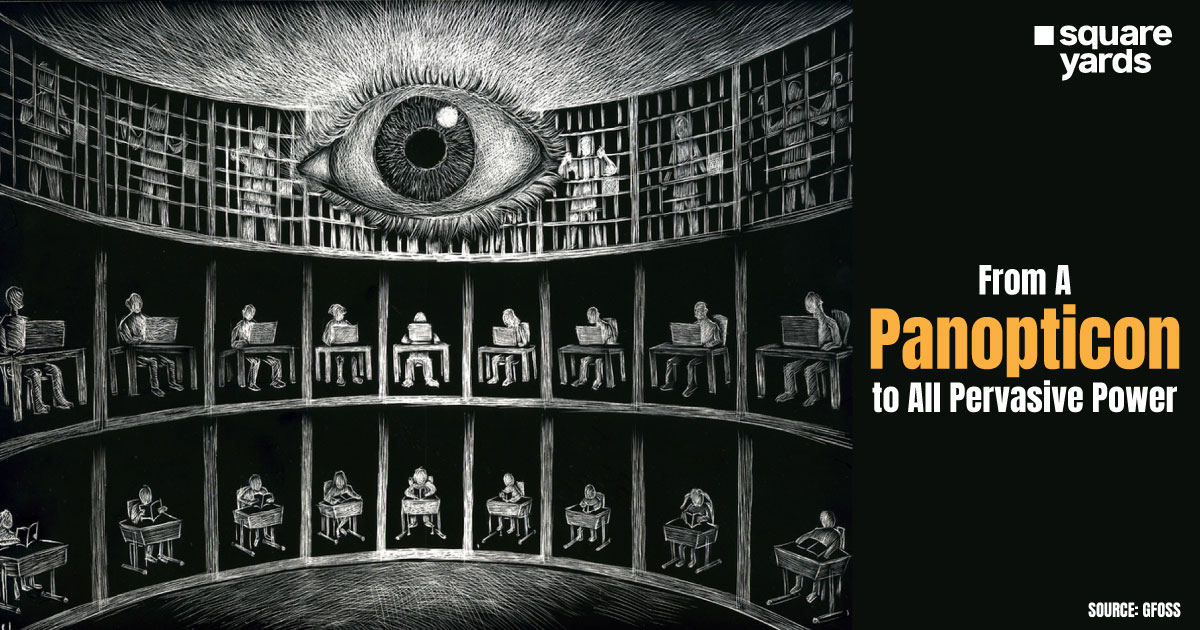As technology continues to advance, the concept of a “digital twin” is taking center stage. It offers a revolutionary way to create virtual replicas of physical assets, systems, or processes in real time. The potential of digital twins extends far beyond the capabilities of traditional simulation models. To shed light on the topic, Rupesh Umtol, the Global Head of Digital Twin and Allied Services at SoftTech Engineers in Pune, engages in an insightful conversation with R Srinivasan. They touch upon various aspects like real-time monitoring, skill development, challenges during implementation, integration of data from artificial intelligence (AI), data security measures, and emerging trends. Let’s dive deep into this fascinating conversation.
Digital Twins: Real-Time Reflections of Physical Counterparts
The most striking difference involves the nature of these models and their continuous ability to reflect the current state of the physical entities they represent. While simulation models are static, digital twins embrace dynamism by actively gathering data from sensors, Internet of Things (IoT) devices, and other sources. This real-time monitoring enables digital twins to provide accurate and up-to-date information, leading to effective decision-making and problem-solving.
Breaking Free from Static Representations
Traditional simulation models heavily rely on predetermined inputs and scenarios. Their static nature limits their ability to capture the complexities and nuances experienced in real-life situations. On the other hand, digital twins overcome these barriers by staying connected to the physical objects they replicate. This connection ensures that digital twins adapt to changes accordingly, offering a dynamic simulation that emulates real-world conditions.
The Power of Continuous Data Collection
Digital twins can capture valuable data in real time. By accumulating information from sensors, IoT devices, and other sources connected to the physical entity, digital twins deliver a holistic perspective of its current state. This enables businesses to preemptively identify potential issues, mitigate risks, optimize operations, and enhance overall performance.
Driving Skills Development and Decision-Making
The utilization of digital twins goes beyond the virtual representation of physical assets. As Umtol points out, digital twins also contribute to skills development. When synchronized with physical assets, digital twins provide a unique learning environment that enables technicians and engineers to gain practical knowledge. This fosters accelerated learning, as individuals can experiment and gain hands-on experience without compromising the physical assets’ integrity. Furthermore, equipped with real-time data, digital twins empower decision-makers to develop effective strategies. With access to accurate and holistic information, business leaders can forecast potential outcomes, identify optimization opportunities, and make data-driven choices, ultimately fueling growth.
Challenges Faced and Measures to Ensure Robust Implementation
The implementation of digital twins is not without challenges; it demands a comprehensive approach. The integration of data from AI systems, IoT devices, and other sources necessitates a seamless connection for a cohesive digital twin experience. Concurrently, ensuring data security and privacy becomes crucial due to the abundance of sensitive information made accessible through real-time monitoring. Implementers must develop robust protocols and measures to safeguard data integrity and trust. Additionally, adequate skill development is key to capitalize fully on the benefits of digital twins. Organizations must invest in training resources for their workforce, equipping them with the necessary knowledge and tools to utilize digital twins effectively.
Emerging Trends and Enriching the Realm of Digital Twins
The emerging trends in digital twin technology are set to revolutionize various industries. An increasingly interconnected digital infrastructure allows for enhanced collaboration, enabling different stakeholders to contribute insights and expertise in creating and optimizing digital twins. With advancements in artificial intelligence and machine learning algorithms, digital twins will not only serve as representations but also offer predictive capabilities.
Conclusion
Digital twins represent a new era of simulation models, surpassing the limitations of their traditional counterparts. By embracing real-time monitoring and continuous data collection, these digital replicas provide accurate insights and support improved decision-making. However, implementing digital twins requires addressing challenges such as data integration, security measures, and skill development. The emerging trends in the field promise exciting possibilities for various industries, further enriching the realm of digital twins.










































